1.1 Historical Account
A plasma consists of an ion population and an electron population (with possibly neutral particles) whose evolutions are coupled through collision processes and long-range electromagnetic forces. The term plasma was first used in physics by Langmuir and Tonks in 1929 when they observed in an electric discharge tube that there were periodic variations of the electron density, although it was known much earlier that ions and electrons exhibit collective behavior in the fourth state of matter due to long-range Coulomb forces. A decade after these historic observations, plasma physics developed in many other directions including magneto-hydrodynamics (MHD), wave propagation in plasmas, and confinement of plasmas using magnetic fields.
Indeed, in 19381939, in experiments producing electrical discharges in gas, Merril and Webb demonstrated the part played by the oscillations of an electron beam in a plasma []. After the work of the Russian physicist Klarfeld, the phenomena of electron plasma waves, also called Langmuir waves , became progressively clearer.
Astrophysical observations gave rise to fundamental developments for magnetized plasmas; indeed, after his first observations in 1942, Alfven stated that the dynamics of ionized gases, which are a conductor, may by treated in a unified theory with classical fluid dynamics. This theory was explained in 1950 in the classical book Cosmical Electrodynamics []. Alfven noted in his introduction that in cosmic physics the positive space charge in a volume is always approximately equal to [the] negative space charge; moreover, he pointed out clearly the so-called plasma approximation by claiming that the presence of an electric field is essential even with a negligible electric charge. In his description of so-called magneto-hydrodynamics the most popular model for magnetized plasmasthe modelling was based on a classical single-fluid hydrodynamic system where the magnetic pressure tensor was added to the matter pressure.
After Alfvens pioneering works, at the beginning of the 1950s, MHD was used by Herfolson, Thompson, Lunquist [] in the field of weakly ionized plasmas. Their studies focused on laboratory plasmas, but also on the explanation of atmospheric phenomena related to the Earths magnetic field (e.g., the magnetic reconnecting processes by which magnetic field lines suddenly change their topology, boreal auroras, etc.). Since that period, MHD models have also been used for modelling astrophysics problems related to solar flares, sunspots, star formation, etc.
On the other hand, since 1949, various theories of electromagnetic wave propagation through nonuniform magnetized plasmas have been developed, e.g., see Ginzburg []. In 1958, Van Allen discovered the radiation belts surrounding the Earth, using data transmitted from the satellite Explorer. This was the beginning of exploring the Earths magnetosphere via satellite, and it opened up a new field of plasma physics: it was discovered that a layer of partially ionized gas in the upper atmosphere reflects radio waves but may be also responsible for deficiencies in radio communications.
In all this early literature related to MHD, the current-carrying fluid was assumed to be neutral. But, in 1947, Bohm and Aller observed the importance of the Debye length , which is defined as a length over which the electrostatic field of a single charge is shielded by the response of the surrounding charges (see the last section of this Chap.). They noted that although the electron charge and the ion charge are locally almost equal, it was important to make a distinction between these two populations particularly when the Debye length is not small with respect to the characteristic length of the plasma, mainly near electrodes [] and in the second edition of Alfvens book in 1963.
This was of particular importance in the devices designed by some pioneer Russian scientists such as Artsimovich, Safranov, and Yurchenko from 1960, where the plasma was confined in a vessel by external magnetic fieldsthe popular tokamak ,].
In another direction, research on thermonuclear fusion has been carried out since 1950 independently by both the United States and the Soviet Union; this has led to the publication of a number of immensely important and influential papers. The best-known books are those of Landau-Lifschitz []. Since it was necessary to perform numerical simulations to predict the behavior of very hot plasma, theoretical plasma physics emerged as a mathematically rigorous discipline in these years.
Finally, the development of high-powered lasers after 1960 opened up a new field of plasma physics: indeed, when such a laser beam strikes a solid target, the matter vaporizes and becomes ionized. A lot of studies related to laserplasma interaction have been performed following the pioneering publication of Basov and Krokhin [].
Nowadays, plasma physics is a very wide-ranging domain with many different applications, including astrophysics, electrical discharges, hot magnetized plasmas for magnetic confinement fusion, laser-heated plasmas for inertial confinement fusion (ICF), generation of high-energy particle beams by laser-plasma interaction, and spatial plasmas.

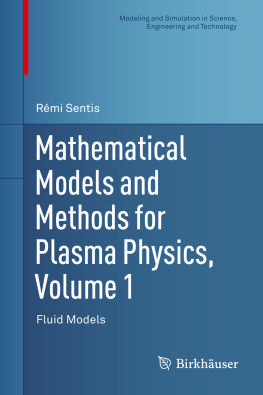
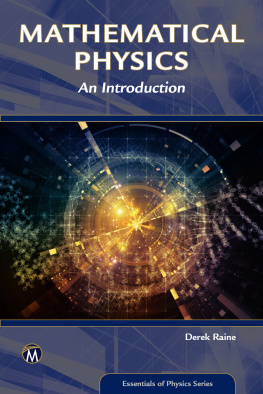
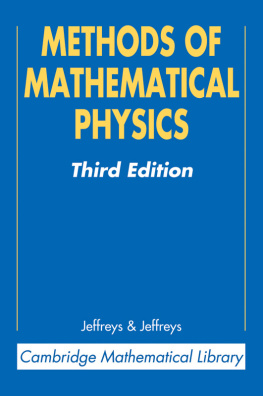
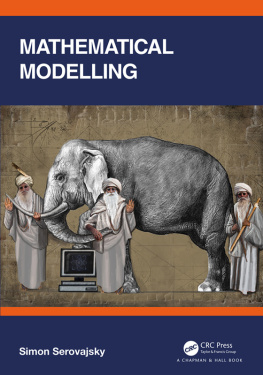
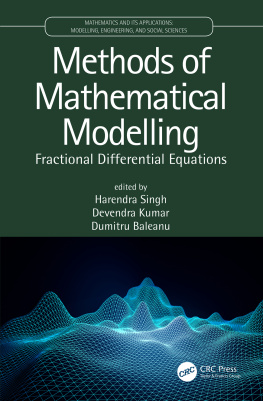
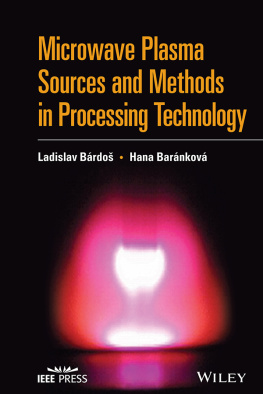
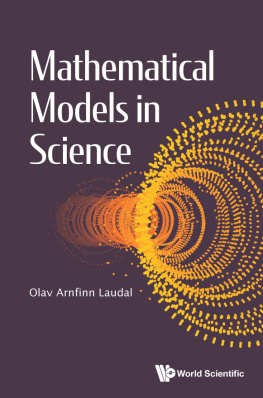
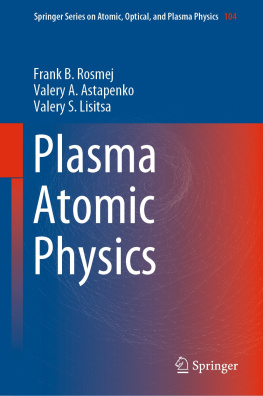

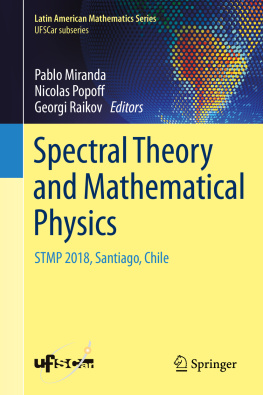
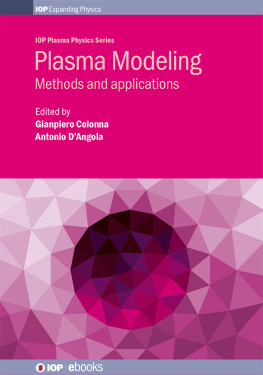
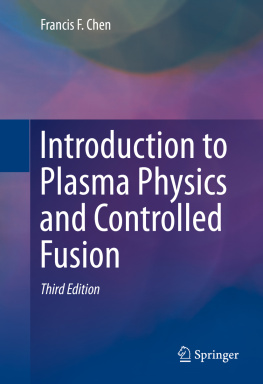
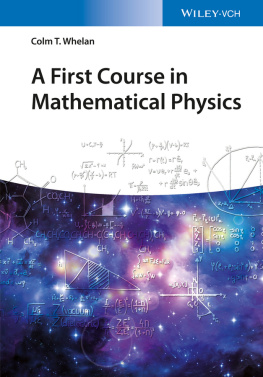
 the Laplace operator with respect to the spatial variable. For two vector fields Q,Q ,let Q Q be the vector product and QQ be the tensor product, that is,
the Laplace operator with respect to the spatial variable. For two vector fields Q,Q ,let Q Q be the vector product and QQ be the tensor product, that is,  Denote by . Q the divergence of Q . The tensors are denoted by a special font such as
Denote by . Q the divergence of Q . The tensors are denoted by a special font such as  (or sometimes like
(or sometimes like  ). Denote by
). Denote by  the divergence of the tensor
the divergence of the tensor  ; thus, .( QQ ) is the vector with components that are (.( QQ )) i =.( QQ i ) and by
; thus, .( QQ ) is the vector with components that are (.( QQ )) i =.( QQ i ) and by  the contracted product of two tensors. The identity tensor is denoted by
the contracted product of two tensors. The identity tensor is denoted by 
